Into ‘the land of Fuji’
Roger and Aaron over at LensRentals have been tearing lenses down again. This week they’ve ‘eviscerated’ Fujifilm’s XF 55-200mm F3.5-4.8R LM OIS – the company’s mid-price tele zoom. The name may be redolent of a ‘$ 100 extra for a dual lens kit’ zoom but inside they found surprises at every turn. And not just with regards the number of screws holding the thing together.
Click here to read LensRentals’ tear-down of the Fujifilm XF55-200mm F3.5-4.8R LM OIS
The 55-200mm doesn’t have the fastest aperture range but it’s a fast-focusing, weather sealed telephoto zoom that we’ve always been impressed with. Fujifilm has often hinted that the X Series was partly an opportunity for its lens designers to show-off what they could do, so it’s probably to be expected that the designs are quite creative.
The system with the most screws
Having only broken a minor element of the lens in trying to open it up (something Roger didn’t want to embarrass Aaron by mentioning, so we shan’t dwell on it), they found the front section of the lens was held together with a lot more screws than usual. And, that many of these were screwed into metal inserts, rather than easily stripped or broken plastic columns. This turns out to be something of a recurrent feature of the 55-200, prompting Roger’s assertion that: ‘If you want the system with the most screws, you want Fuji, no question.’
Commenter helps Cicala find his orientation
Things got interesting when they dug a little deeper. Having removed the rear screws from their metal-inlaid holes, they discovered two sensors attached around the lens’s rear element. Since the element is static, Roger wasn’t clear what their role was and hoped that he’d be able to rely-on (and recognise) the wisdom of the crowd. He was right to, as pro photographer Trenton Talbot immediately guessed that they were gyroscopic sensors. A look at the way they’re orientated, relative to one another, along with a bit of Googling, suggests he’s right: they appear to be Epson gyro sensors, presumably feeding information to the lens’s stabilisation system.
The ‘R’ is for ‘by-wire’
Digging further into the lens revealed one of the few conventional parts of the 55-200mm’s design: the spring ball-bearings used to provide clicks as you turn the aperture ring. That ring being secured in place with screws, of course. It’s a similar approach to the one we saw in LensRentals’ tear-down of the Sony FE 35mm F1.4 a little while ago: the ring itself doesn’t directly drive anything, its movement is registered with a sensor, then sprung ball bearings are added to provide a stepped feel to the dial. Unlike the Sony, they can’t be disengaged.
Full metal barrel
A few loosened screws later, our intrepid duo found themselves facing a solid-looking metal zoom barrel, attached with three similarly solid ‘keys’ with which the zoom barrel transfers its motion to the mechanisms below. Cicala says he’s impressed with this level of construction on such a modestly-priced lens: another recurrent feature.
Fujifilm takes and eccentric path
Roger noted the ‘complex dance’ performed by the lens elements in Leica’s SL 24-90mm F2.8-4 when he tore that apart. That lens featured six helicoid paths that different elements trace as the lens is zoomed. That’s a $ 5000 lens. By comparison, the Fujifilm drives five groups in a similarly intricate optical shuffle, in a package you can pick up for one tenth of the cost.
Limited degrees of freedom
Down past the IS mechanism and carefully screwed-down aperture assembly, Aaron and Roger reached the focus element. There’s a sensor detecting the position of the focus group within the lens barrel then, on the group itself, what appears to be another one to detect the focus element’s position within the group’s housing.
But, wherever the focus element itself is, you can be fairly sure it’s not crooked: as Roger points out, the twin linear motors (10 o’clock and 2 o’clock in this image) and the rail along which the focus element moves (12 o’clock) are all broad, flat bars, rather than circular rods, meaning the element shouldn’t go askew as it races on its way.
Conclusion
Overall, Cicala says he’s impressed with the construction of the 55-200mm, especially given how much the lens sells for. He also seems pleased by the degree of optical adjustment that can be conducted on the lens, given the challenges of building lenses consistently. ‘This looks like a lens that was designed by people who know how to make reliable lenses,’ he concludes.
When ‘modern’ lens design is discussed, it’s often in terms of the use of Computer Aided Design to develop the optical formulae. But, just like the Sony FE 35mm, the Fujifilm shows an innovative approach to construction and focus drive. LenRentals ventured into the land of Fuji, ‘where things are done differently,’ with some trepidation but seem to have returned with a healthy respect for what goes on there, as well as a couple of screws that were probably supposed to stay there.
Click here to read LensRentals’ tear-down of the Fujifilm XF55-200mm F3.5-4.8R LM OIS
Articles: Digital Photography Review (dpreview.com)


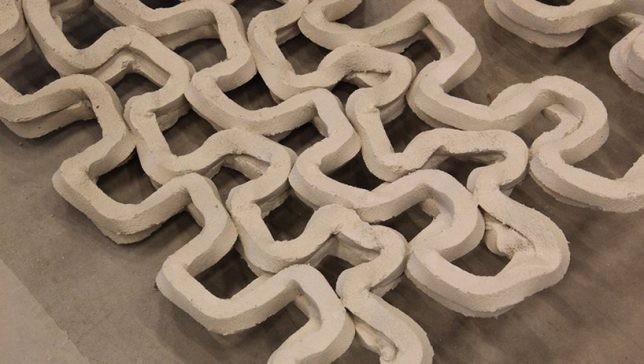
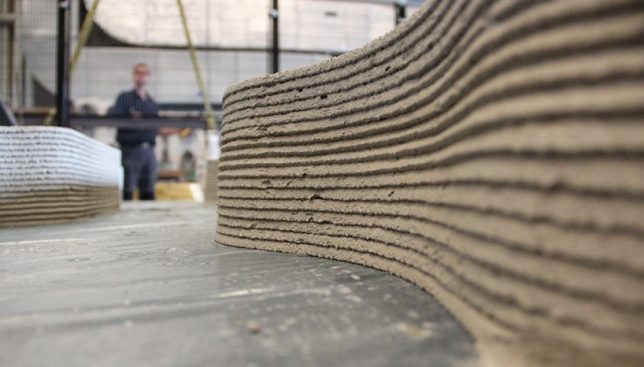
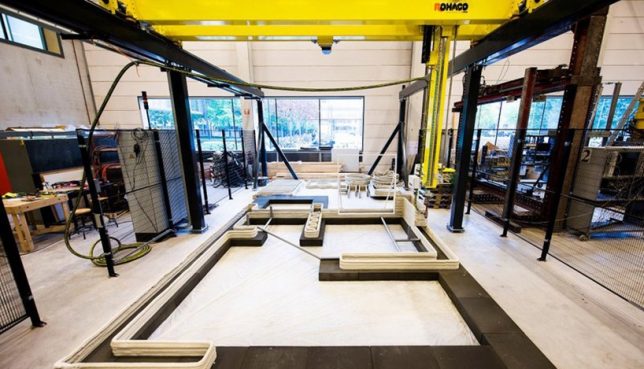




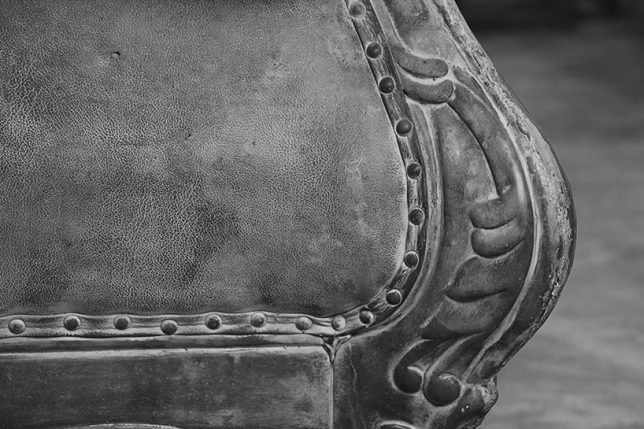
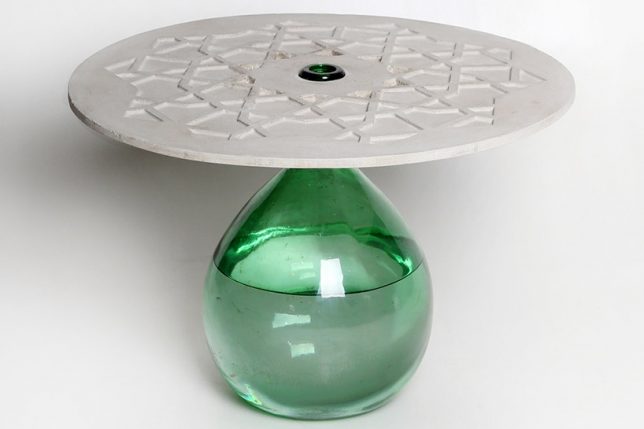






























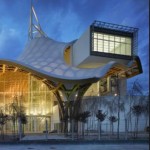
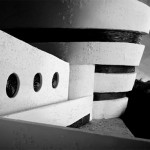







You must be logged in to post a comment.